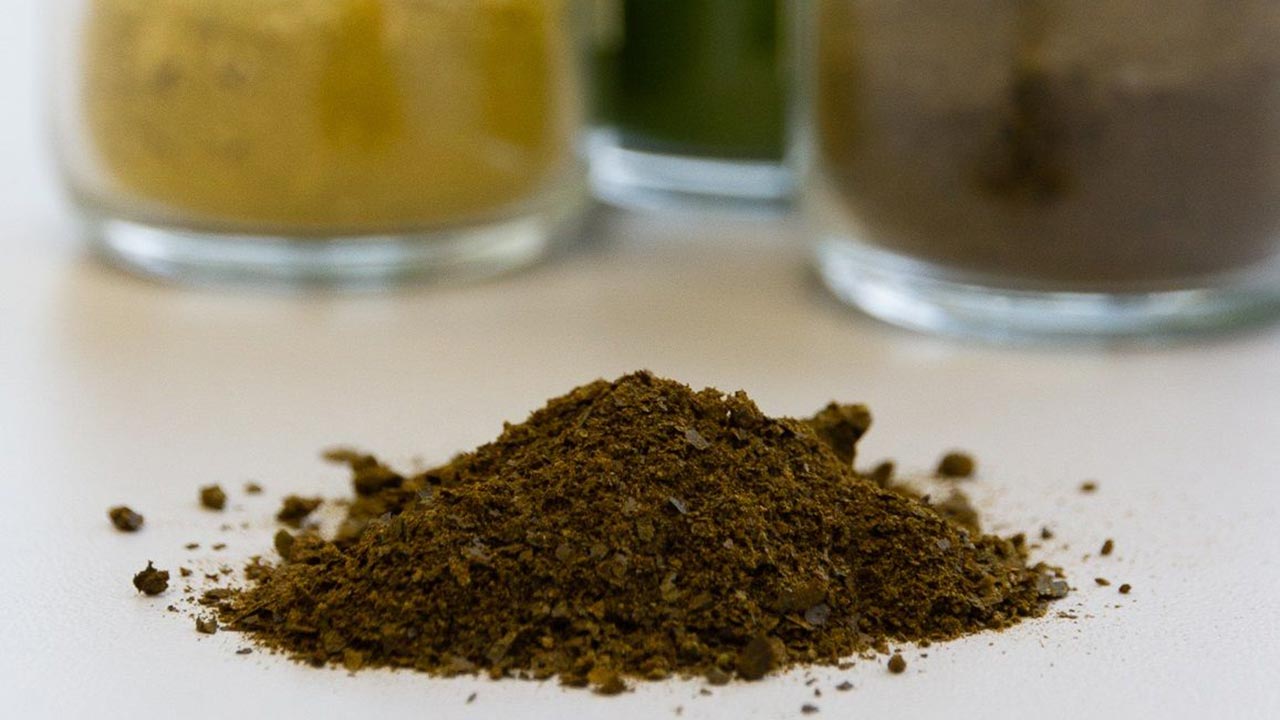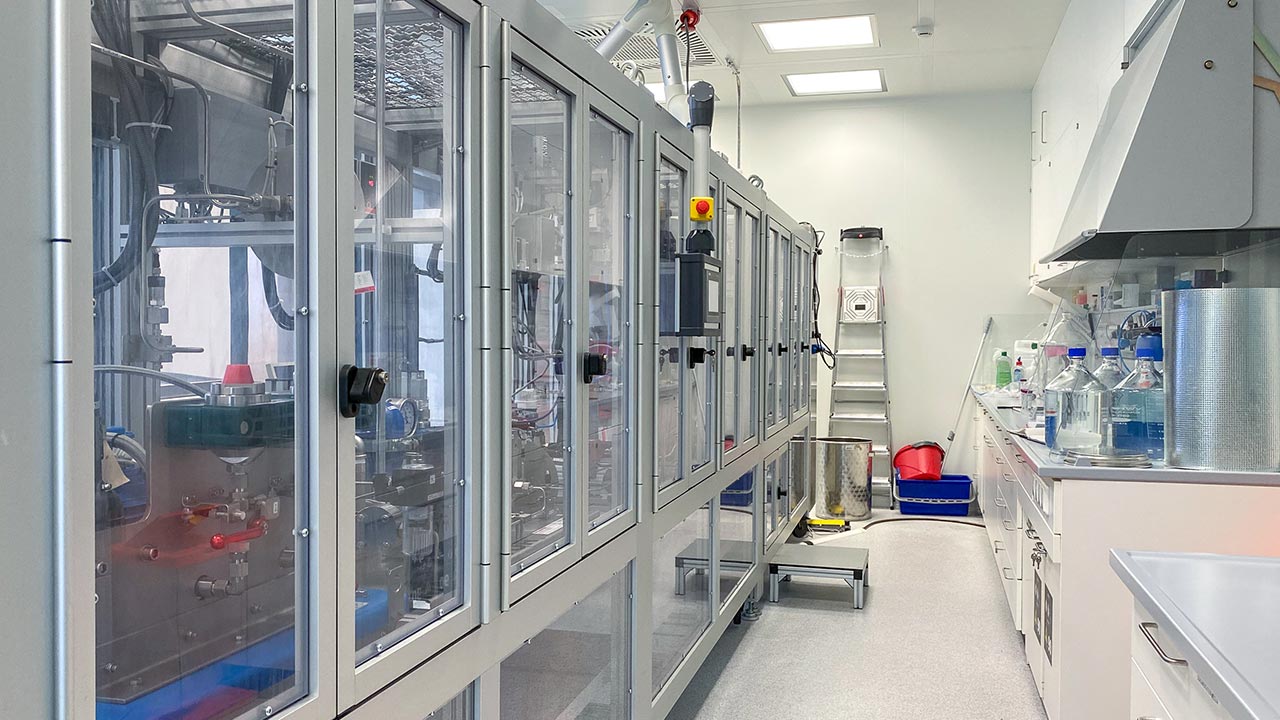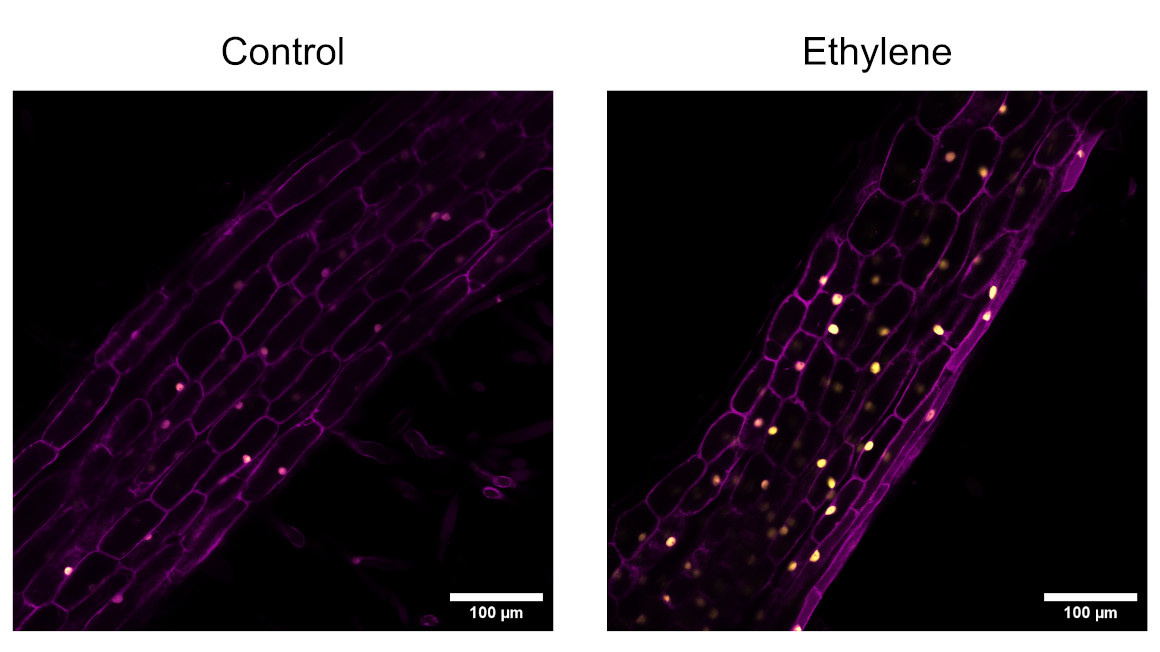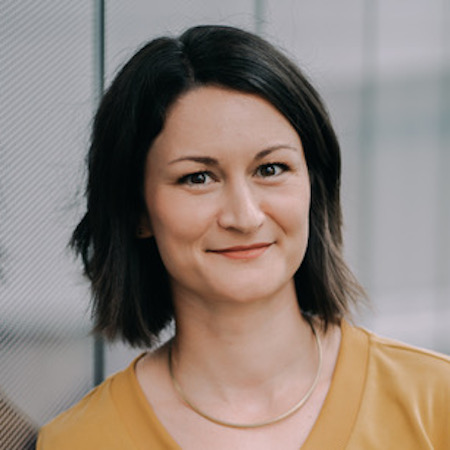
Shifting away from fossil raw materials and toward biobased alternatives: This credo has become a matter of course in research and industry as a result of the climate crisis. From biofuels to bioplastics and biobased fine chemicals, the alternatives are proliferating - at least in theory. This is because the technically feasible processes are not always economically profitable in the end. Frequent reasons for this are insufficient product yields or overly complex purification steps. The EPI-CES research project has now developed an improved process to meet both challenges.
Versatile diatom
EPI-CES stands for "Efficient primary refining of microorganisms by integrating cell disruption, extraction and separation using microalgae as an example". Its goal is to establish an integrated downstream process chain for microalgae ingredients and demonstrate it in a laboratory plant consisting of cell disruption, extraction and separation. The Fraunhofer Institute for Interfacial Engineering and Biotechnology IGB in Stuttgart and the Fraunhofer Center for Chemical-Biotechnological Processes CBP in Leuna carried out the project from October 2018 to September 2022. The German Federal Ministry of Education and Research contributed 1.13 million euros in funding as part of the Biorefineries Technology Initiative.
"We chose the diatom because it has various interesting ingredients and can be used in different areas of the bioeconomy," says project coordinator Ulrike Schmid-Staiger from Fraunhofer IGB. Since the unicellular organism does not excrete relevant substances but accumulates them in its cell interior, a process was inevitably needed to break down the cell. Subsequently, the cell debris and valuable substances would have to be fractionated in order to extract the valuable substances.
Pressure cycling as an energy-efficient digestion method
The first task in the project was to produce enough algae biomass for further process development. Then the team had to find the best technology to crack the cells. "It's about optimally combining energy input and product yield," explains the project manager. The agitated ball mill is established for cell disruption, but this process is extremely energy-intensive. The team was equally unconvinced by the high-pressure homogenizer: It develops high temperatures and requires a lot of energy for countercooling so that the product does not suffer.
The researchers therefore favored the pressure cycling technology. In this process, the cells are pressurized and relaxed again so quickly that they burst in the process. Other advantages of the method: the ingredients are not damaged and continuous process control is possible. "In terms of cost, the method was good," Schmid-Staiger sums up, "but for a better degree of cell disruption, a little more energy would be required."

Extract proteins and fatty acids
The digested cell soup contains, for example, proteins that are of interest for food and animal feed. Laminarin is also present, which activates the immune system and could replace antibiotics in animal feed. In crop protection, it could protect crops from fungal diseases instead of fungicides. Finally, there are omega-3 fatty acids, the fatty acid EPA, and the anti-inflammatory and weight-reducing pigment fucoxanthin. Some of these substances are water-soluble, others fat-soluble.
"The water-soluble ingredients can be easily separated," explains Schmid-Staiger. If one only wanted to provide these for the animal feed sector, the goal would already be achieved, because highly pure individual products are not required for this purpose. "Everyone talks about proteins that can be produced with algae, but that is more of a byproduct because proteins from plant biomass are cheaper," the researcher classifies. If laminarin or fucoxanthin were purified separately, it could add value. "The different fractions with different applications could perhaps then be combined to make the costs of biomass, production and processing economical," Schmid-Staiger estimates.
Yields of more than 90 percent
Fat-soluble ingredients, on the other hand, are more difficult to extract than water-soluble ones. The research team would have liked to have tested and evaluated dry extraction for this purpose, but in the wake of the corona pandemic, delivery delays put a spanner in the works. Instead, the team used liquid extraction with ethanol. In some cases, the yields were higher than 90%.
With lessons learned from parallel large-scale research projects on algae biotechnology, the project team was finally able to compare the different process options. "We can now say: this would cost so-and-so much," Schmid-Staiger sums up. The questions of how much biomass needs to be processed for a certain yield or which steps are economical can also be better estimated. "In algae production, you need quite a lot of electricity, and the economic viability ultimately depends mainly on the cost of electricity," says the researcher. The results of the life cycle analysis are similar: How sustainable a process is in algae biotechnology is strongly determined by whether green electricity is used.
High-quality cultivation improves profitability
Last but not least, an important insight emerged from the first steps of the project: The own algae from the field production at Fraunhofer CBP had a quality that Schmid-Staiger had not yet experienced in other projects: The special process control and the photobioreactors resulted in cells with a high content of ingredients. This means better yields and thus more likely the leap to profitability.
Author: Björn Lohmann


